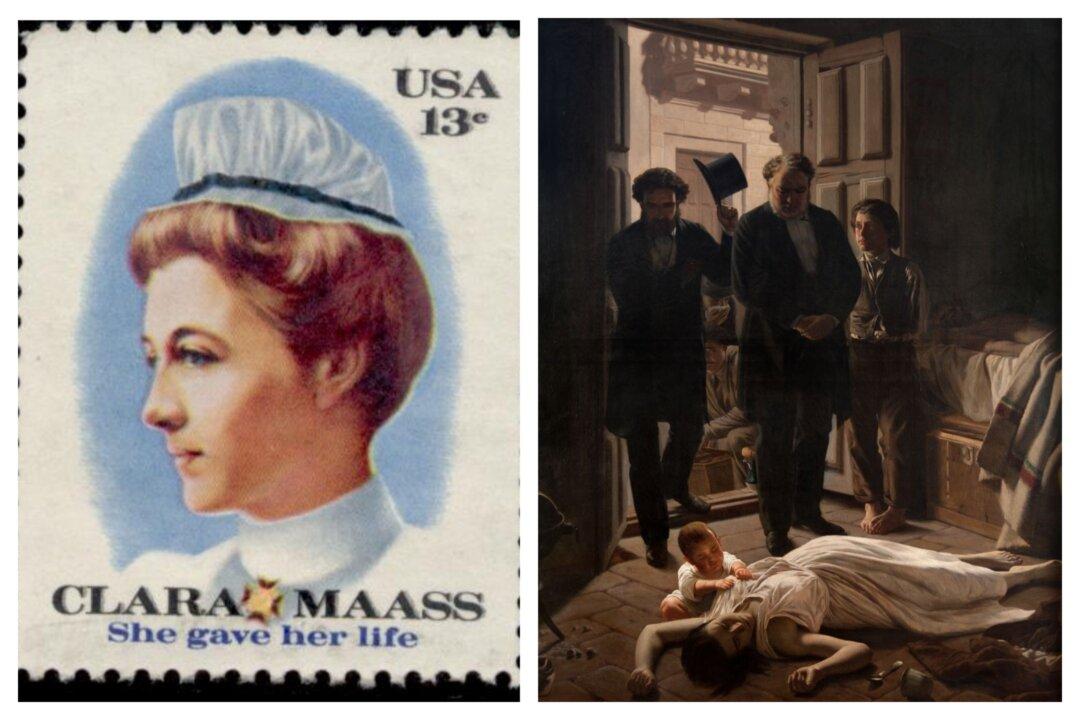Love was born in Vermont in 1810. After losing his mother at a young age, he dreamed of brighter horizons. His dreams became real as disagreements with his stepmother sent the young boy packing. He traveled the country for a while, and it was reported he even captained a ship at the age of 15.
His travels sent him to fight in the Blackhawk Indian War with Abraham Lincoln in 1831. In 1939, he traveled to California for the first time but soon moved on. He found his way to Texas where he fought in the Mexican American War in 1846. After the war, he worked as a courier for the military and led boat trips on the Rio Grande River. Love then caught a case of gold fever and headed back to California.
Around 1852, he briefly worked as a deputy sheriff in Santa Barbara, California and later, as a bounty hunter. While collecting bounties, Love captured two men wanted for murder. One of the men was a member of the infamous Joaquin Murrieta gang that was responsible for over a dozen murders and a slew of robberies.

Joaquin Murrieta
In 1853, the Murrieta gang was accused of 20 murders around mining camps, prompting California Governor John Bigler to take action. Love had a newfound fame as a tough lawman from his experiences in Texas. The governor chose Love to lead a group of 20 men, known as the California Rangers, to capture Murrieta and his gang. Love hand-picked his lawmen and set out to track down the violent crew of bandits.Love and his rangers first captured one of Murrieta’s brothers-in-law; the bandit was promised he’d be released if he would lead the rangers to the gang’s hideout. Love’s men crew crept into the valley where around 80 men were rounding up stolen horses.

Proving Murrieta’s Death
Love had to prove the corpse was the infamous bandit. It was summer and very hot, so the bodies decomposed quickly on their way back to town. Love cut off Murrieta’s head to be used to positively identify the outlaw. But some members of Murrieta’s family still thought that Love had killed the wrong man. “We have got the right Joaquin, and no mistake,” Love said in a letter to a friend, according to his biography, “The Man from the Rio Grande” by William B. Secrest. “The papers can say what they please, but I know what I say is true.”In fact, Mr. Secrest explains in great depth that Love indeed killed the bandit. The biography, one of the most comprehensive accounts of Love’s life, points out many accounts saying that Murrieta was still alive after the incident, but debunks them.

After Murrieta’s capture, Love tried to open up a sawmill, but it was destroyed by a flood, and a farm he owned was hit with fires and storms. Then, he saw action as a lawman once more. Love joined the Committee of Vigilance in San Francisco when, in 1856, it formed to help fight crime for the second time.
Love’s last days were poignant. Love lived in a small house on the land of his estranged wife Mary Bennett in Santa Clara, California. In 1868, his life ended in a final gun fight with a man working to protect Bennett. Love was only wounded in the arm, but died during an unsuccessful amputation of his limb.
Love gained fame for his success in gun fights and battles. It’s ironic that a bullet ended his life.








